
Origin/Endemic status: Endemic
Taxonomy Comments: See I. cassine for comments about these two taxa.
Synonymy: = GW2, K3, K4, S, S13, Tx, Clark (2023), Godfrey (1988); = Ilex cassine L. var. myrtifolia (Walter) Sarg. – Fl7, RAB, WH3
Wetland Indicator Status:
- Atlantic and Gulf Coastal Plain: FACW
Heliophily: 6
Hover over a shape, letter, icon, or arrow on the map for definition or see the legend.
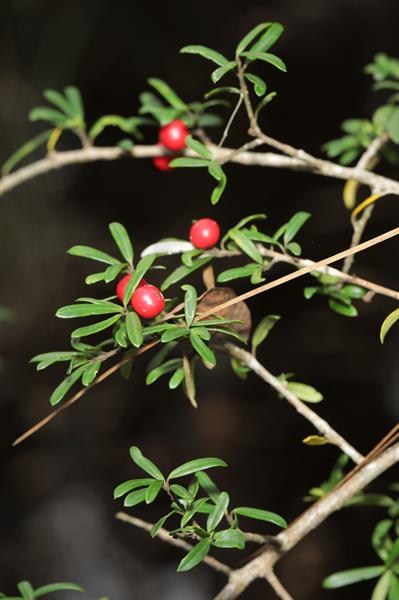 © Paul Marcum source | Original Image ⭷
© Paul Marcum source | Original Image ⭷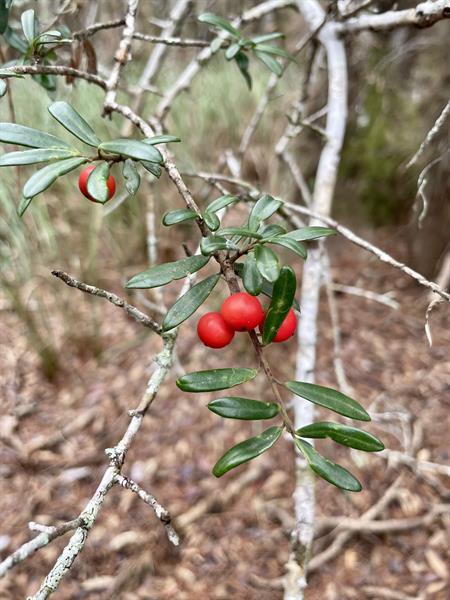 © Paul Marcum source | Original Image ⭷
© Paul Marcum source | Original Image ⭷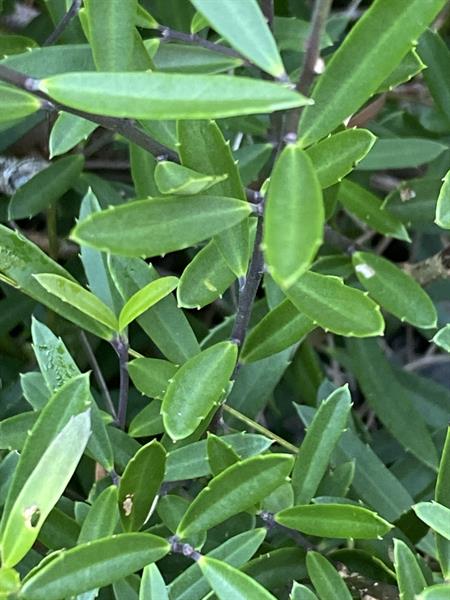 © Alan Weakley source | Original Image ⭷
© Alan Weakley source | Original Image ⭷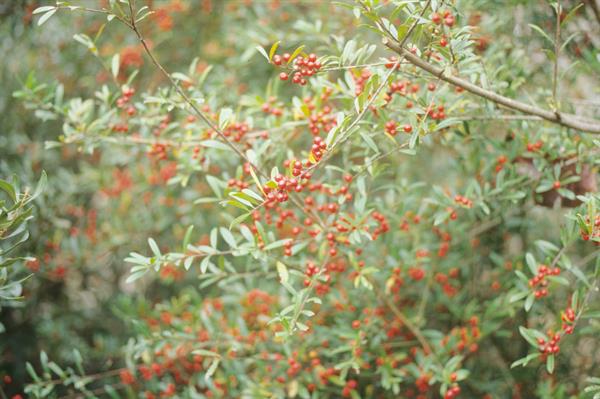 © Rob Gardner | Original Image ⭷
© Rob Gardner | Original Image ⭷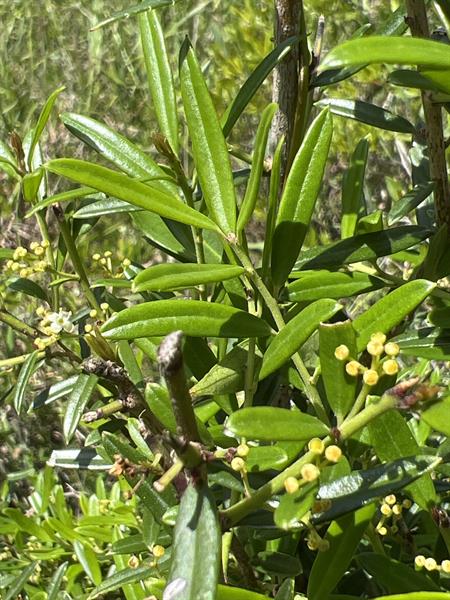 © Alan Weakley source | Original Image ⭷
© Alan Weakley source | Original Image ⭷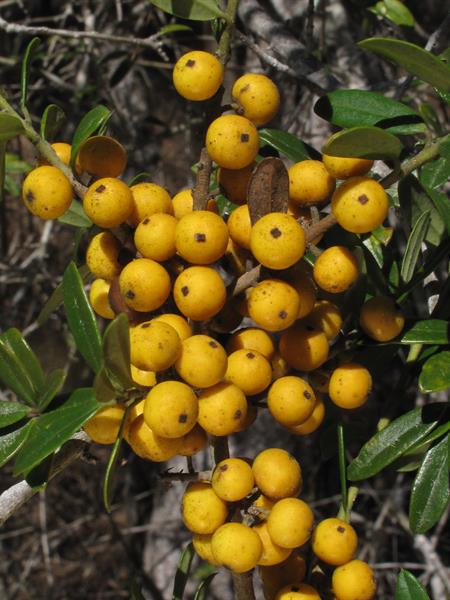 © Alan Cressler: Ilex myrtifolia, fruit, Pond RND 72, St. Marks National Wildlife Refuge, Panacea Unit, Wakulla County, Florida 1 by Alan Cressler source | Original Image ⭷
© Alan Cressler: Ilex myrtifolia, fruit, Pond RND 72, St. Marks National Wildlife Refuge, Panacea Unit, Wakulla County, Florida 1 by Alan Cressler source | Original Image ⭷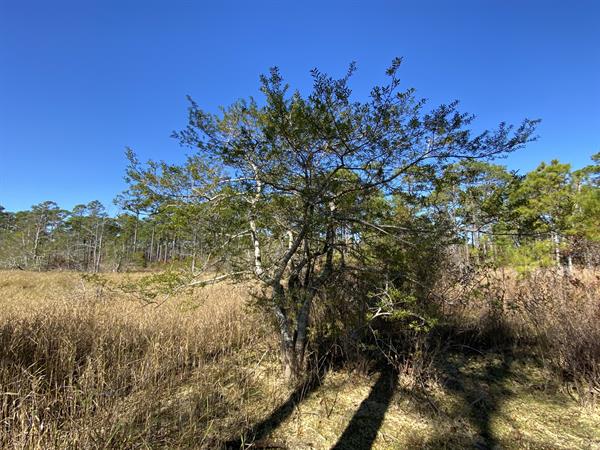 © Alan Weakley source | Original Image ⭷
© Alan Weakley source | Original Image ⭷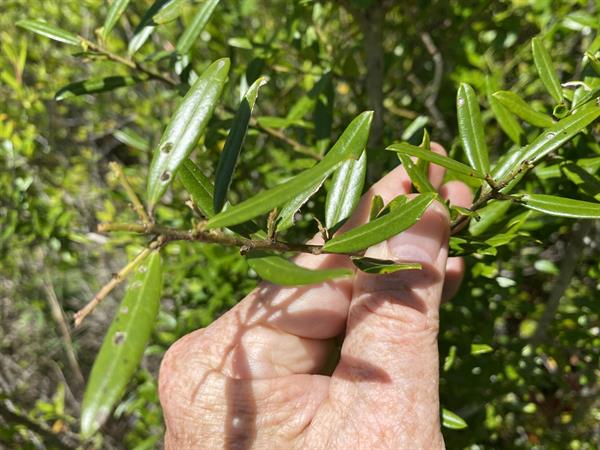 © Alan Weakley source | Original Image ⭷
© Alan Weakley source | Original Image ⭷Feedback
See something wrong or missing on about Ilex myrtifolia? Let us know here: (Please include your name and email if at all complicated so we can clarify if needed.)
Cite as...